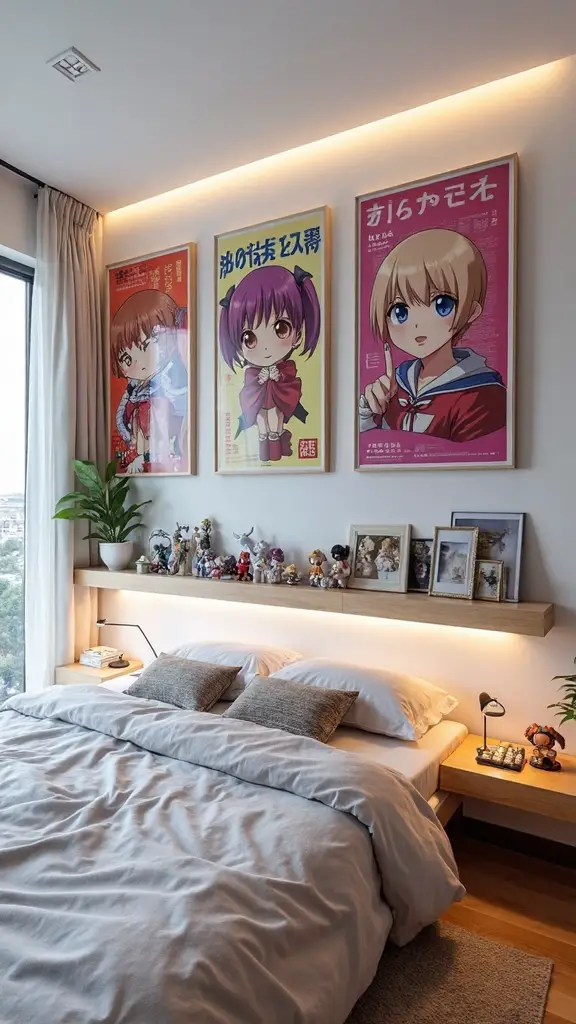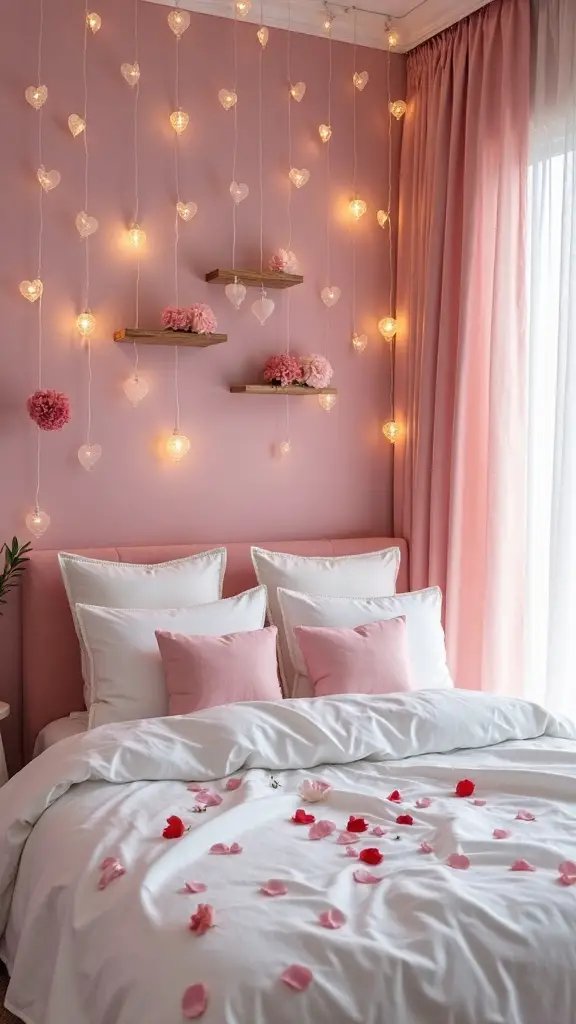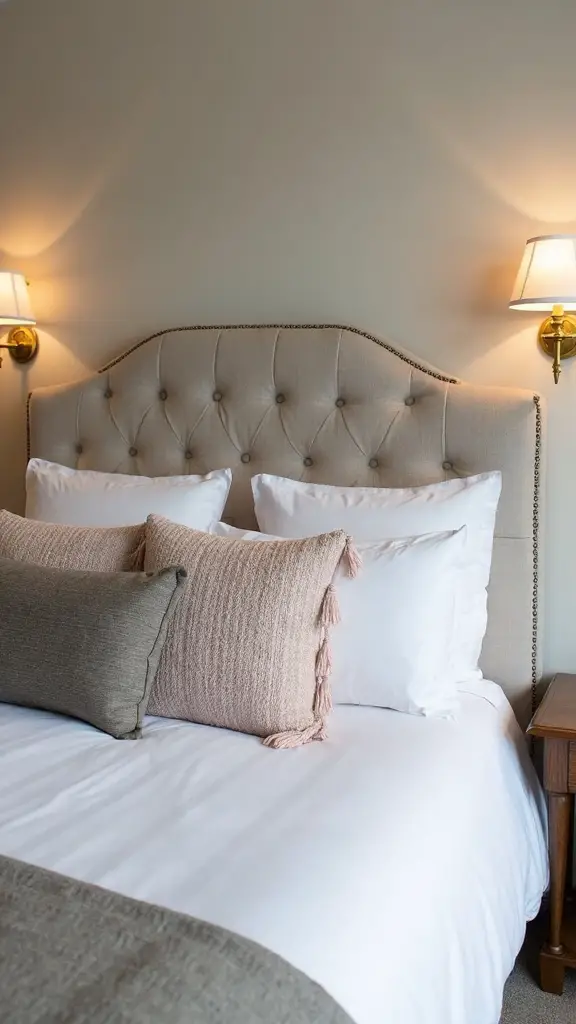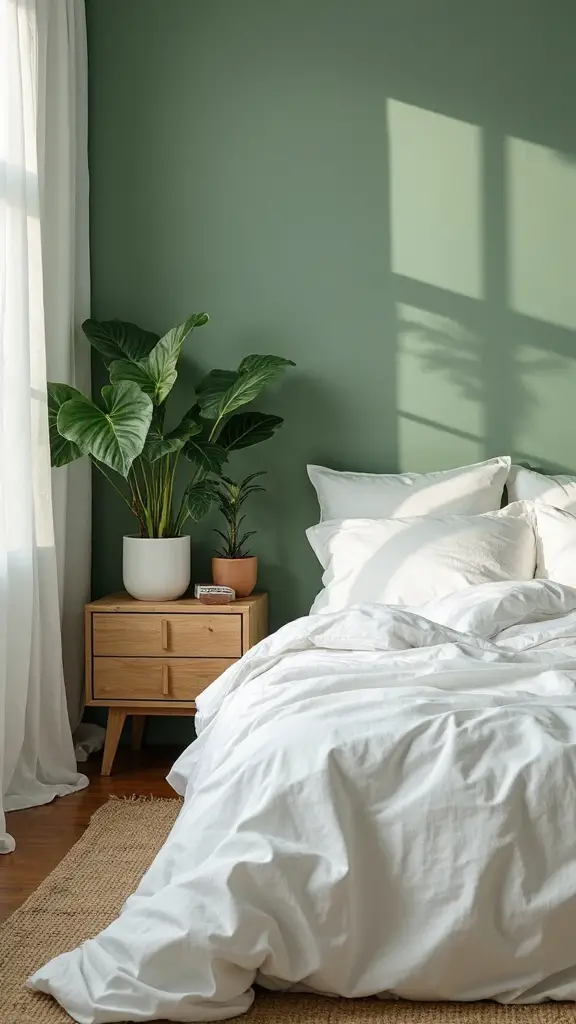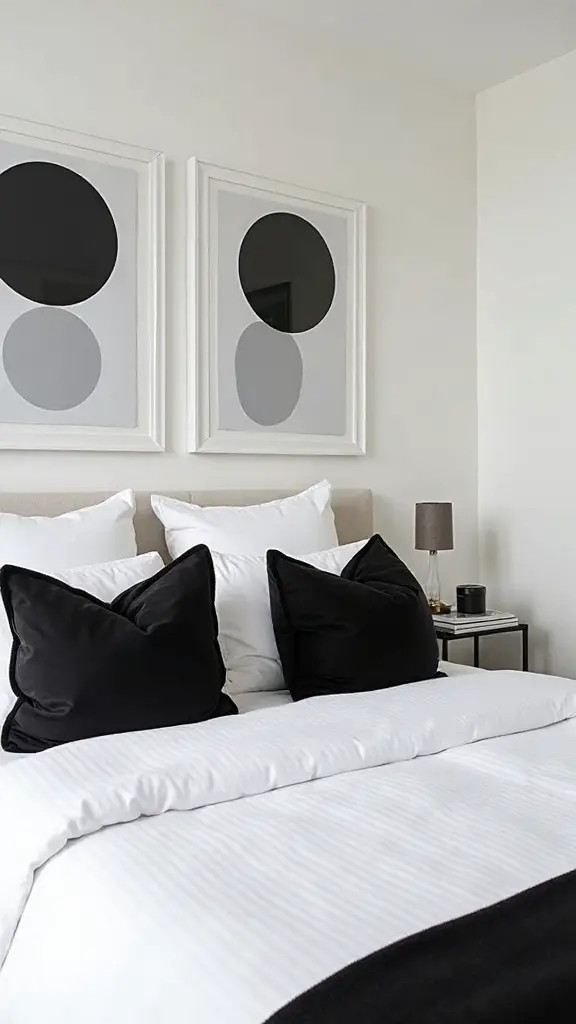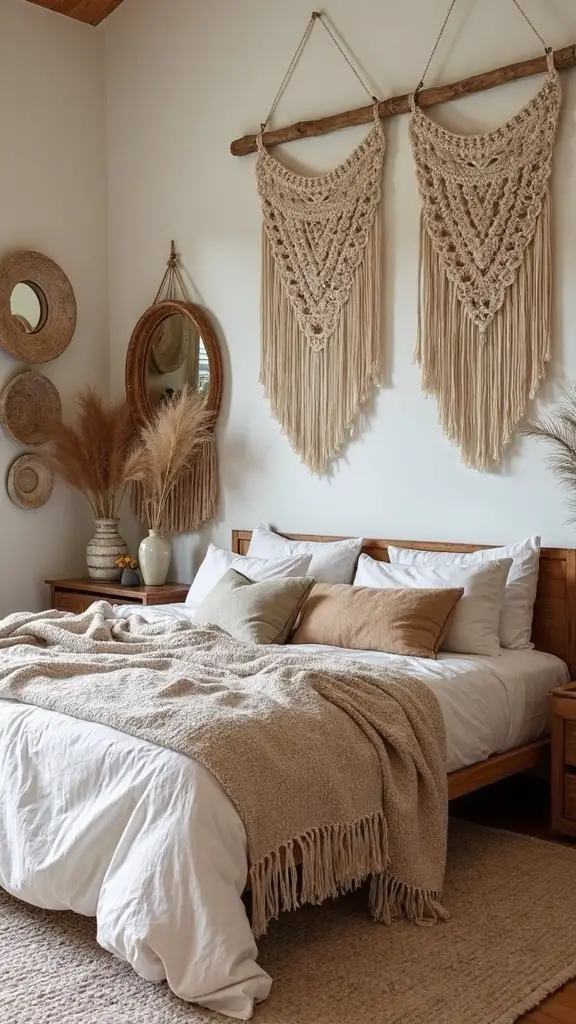Everything You Should Know About Choosing the Right Bedroom Wallpaper
Avoid costly wallpaper mistakes that could ruin your sleep sanctuary by learning these seven essential factors before making your final decision.
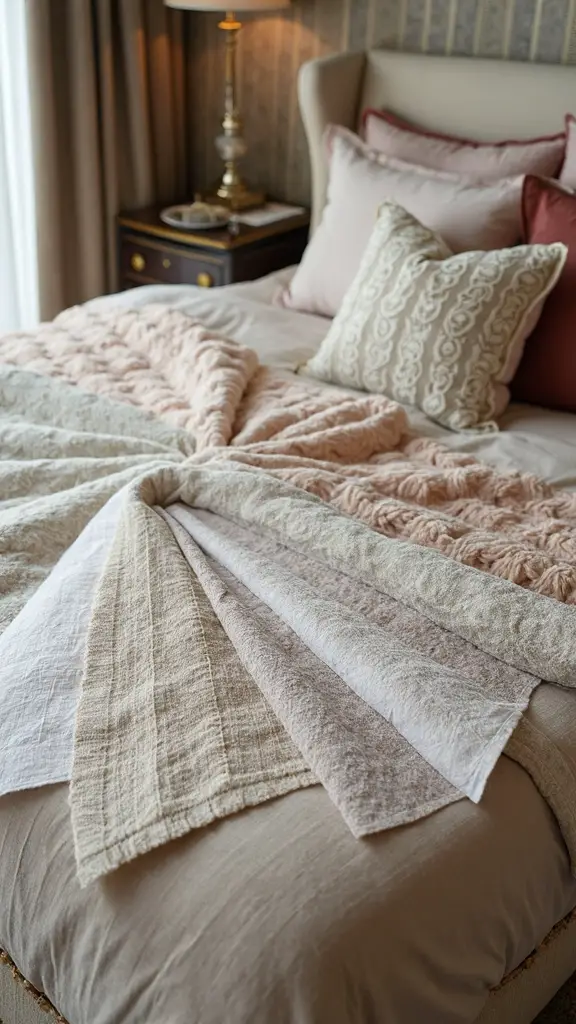
You’re about to metamorphose your bedroom into a personal sanctuary, but choosing the wrong wallpaper can sabotage your sleep quality and daily mood. The colors, patterns, and textures you select will directly influence your circadian rhythms and stress levels for years to come. From measuring techniques that prevent costly mistakes to understanding which materials work best with your lifestyle, seven critical factors determine whether your wallpaper investment enhances or disrupts your most important space.
Understanding How Colors and Patterns Impact Your Sleep and Mood
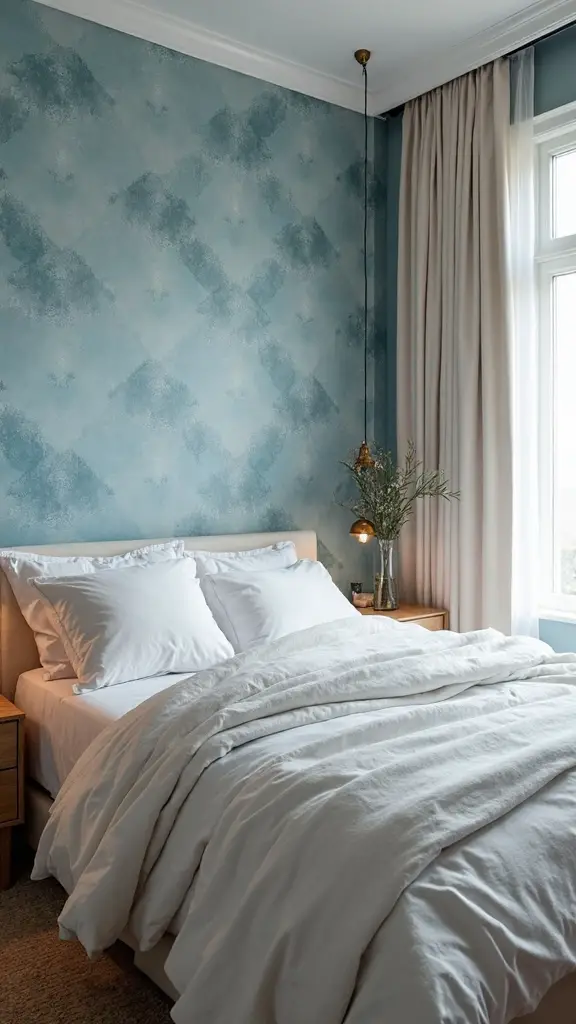
The colors and patterns you choose for your bedroom wallpaper directly influence your brain’s ability to relax and migrate into restful sleep. Cool colors like soft blues and greens trigger psychological effects that lower your heart rate and blood pressure naturally.
Warm colors such as deep reds or bright oranges can overstimulate your nervous system, disrupting your circadian rhythm throughout the night. Simple, repetitive patterns promote mental calmness, while busy designs create visual chaos that keeps your mind active.
You’ll sleep better when selecting muted tones and gentle textures that support your body’s natural wind-down process.
Measuring Your Space and Considering Room Proportions
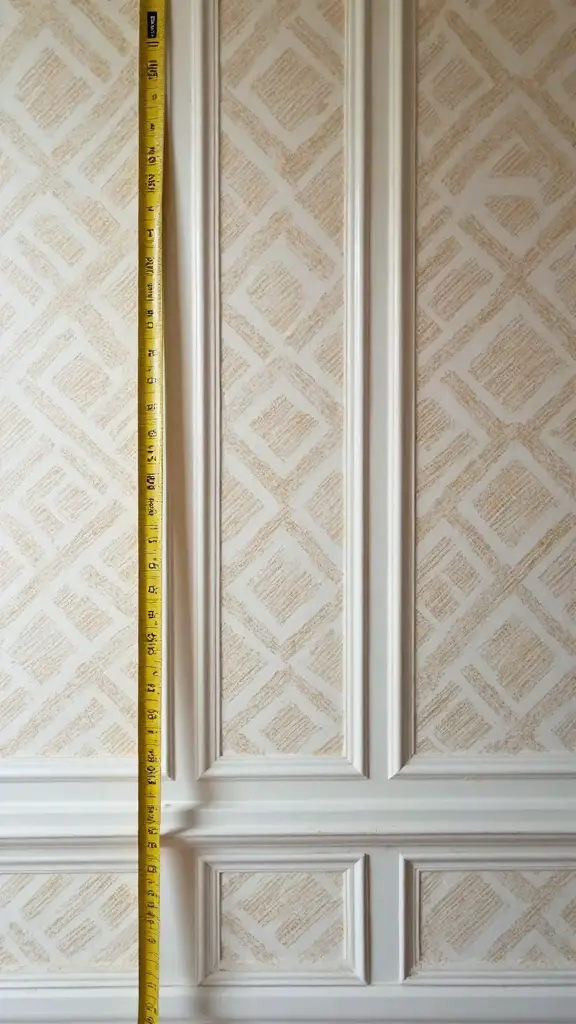
How you measure your bedroom determines whether your wallpaper choice will enhance or overwhelm your space’s natural proportions. Start by measuring wall angles using a digital angle finder to guarantee pattern alignment at corners. Record each wall’s height and width, noting any architectural features like windows or built-ins that’ll affect coverage calculations.
When evaluating room layout, consider how furniture placement impacts visual flow. Large patterns work well in spacious rooms with high ceilings, while smaller prints suit compact spaces. Don’t forget to account for waste—order 10-15% extra material to accommodate pattern matching and future repairs.
Evaluating Natural Light and Artificial Lighting Conditions
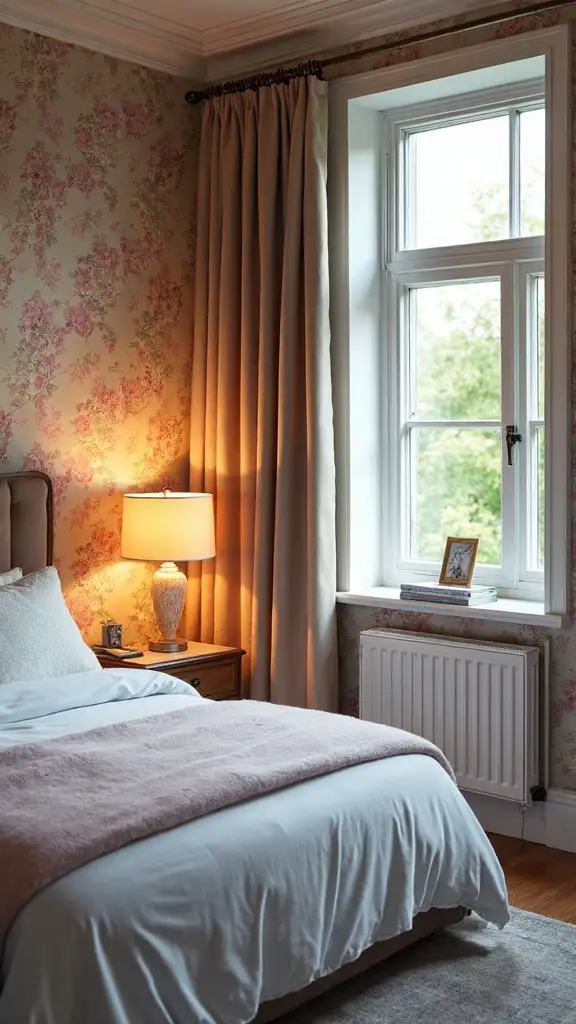
Once you’ve determined your room’s dimensions and proportions, lighting conditions become your next major consideration in wallpaper selection. Evaluating natural light levels throughout the day reveals how your chosen pattern will appear during different hours. North-facing rooms receive cooler, indirect light that can make warm-toned wallpapers appear muted, while south-facing spaces get abundant sunlight that intensifies colors and patterns.
Assessing artificial lighting quality proves equally important for evening visibility. LED bulbs with warmer color temperatures complement most wallpaper designs, while cooler fluorescent lighting can wash out subtle textures and create harsh shadows that distort your wallpaper’s intended aesthetic appeal.
Selecting Materials and Textures That Match Your Lifestyle
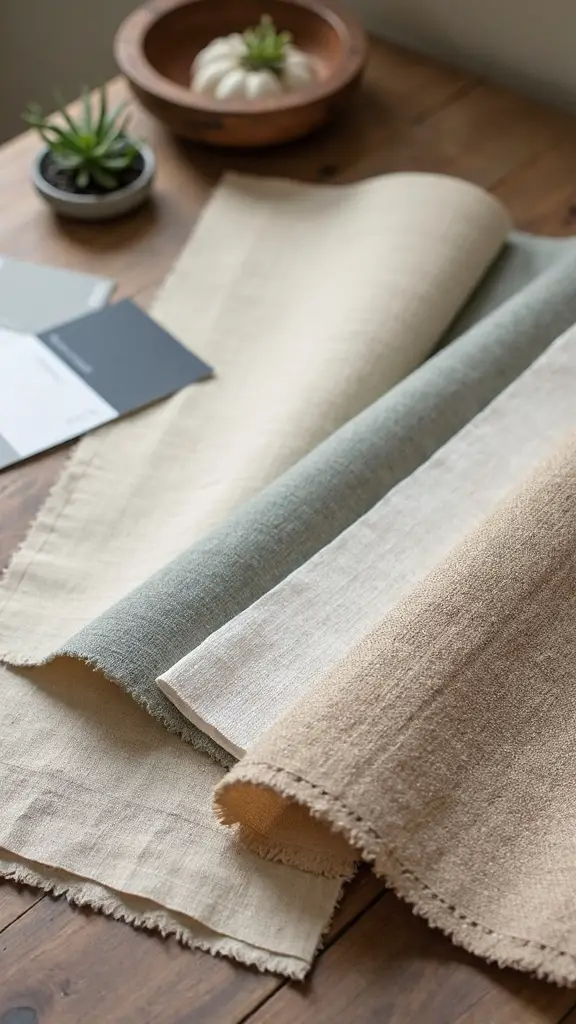
Your daily habits and household activities should drive your wallpaper material choices more than aesthetic preferences alone. If you’re constantly touching walls or have young children, vinyl and washable materials withstand frequent cleaning better than delicate paper options.
Consider your maintenance commitment when selecting textures. Heavily textured wallpapers collect dust and require more upkeep, while smooth finishes need minimal care. Your personalized style preferences should align with practical needs – busy professionals benefit from low-maintenance materials.
Match textures to your room’s function. Subtle textures work well with complementary design accents, while bold patterns become focal points requiring simpler furnishings.
Coordinating Wallpaper With Existing Furniture and Décor
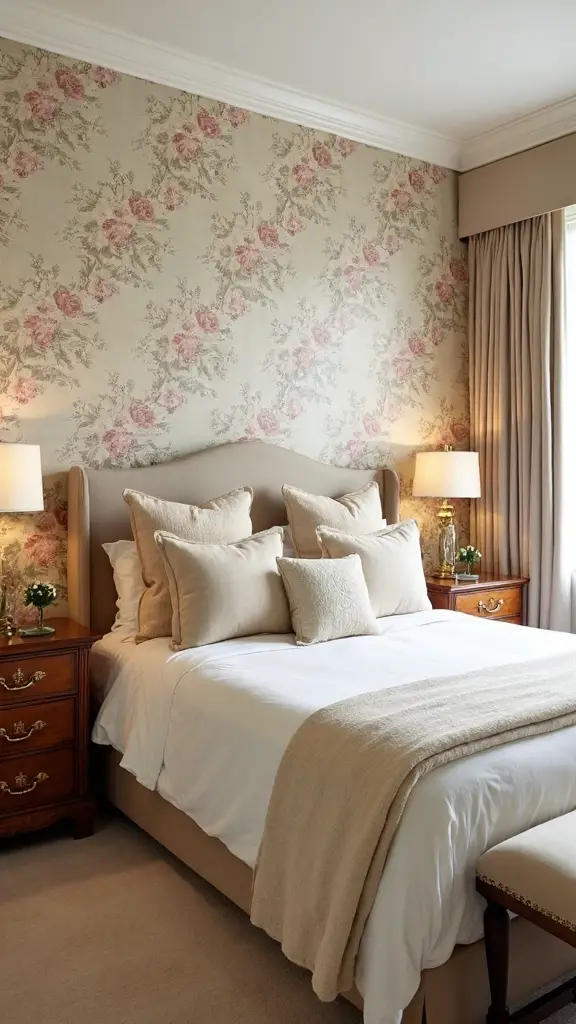
Since successful wallpaper selection depends heavily on harmonizing with your room’s current elements, you’ll need to evaluate your existing furniture colors, styles, and proportions before making final decisions.
Start by identifying your dominant furniture pieces and their color palette. For dark wood furniture, consider lighter wallpapers with subtle patterns to create balance. Coordinating scale patterns guarantees visual harmony—pair large furniture with medium-sized wallpaper motifs to avoid overwhelming the space.
Focus on complementary color combinations that enhance rather than compete with your existing décor. Test samples against your furniture in different lighting conditions before committing to any design.
Maintenance Requirements and Durability Considerations
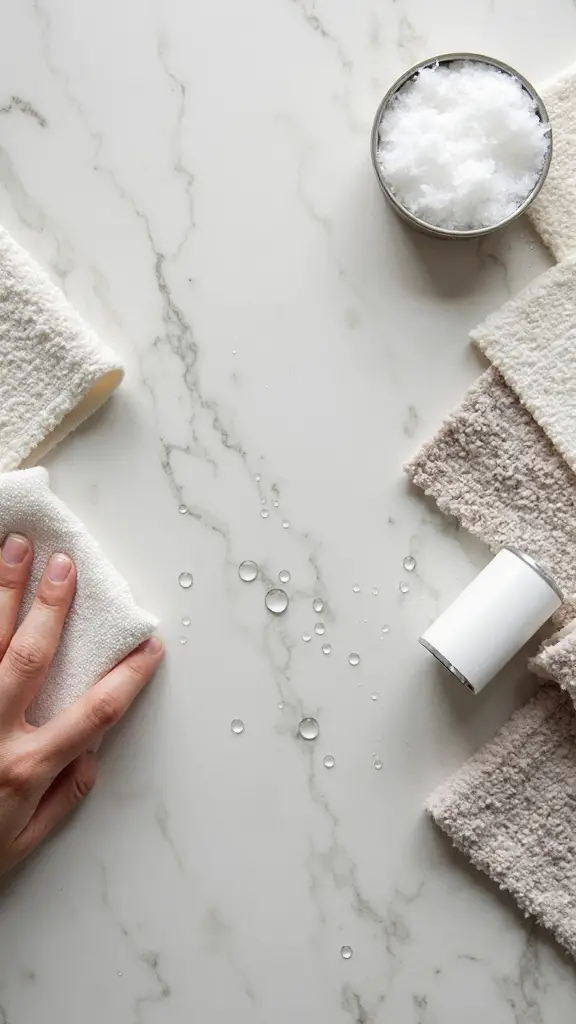
Before investing in beautiful wallpaper, understanding its maintenance needs and durability expectations will help you choose options that’ll stay gorgeous for years to come.
Vinyl and washable wallpapers offer easy cleaning with simple soap and water, making them perfect for busy households. These materials resist stains and scuffs better than traditional paper options.
Consider moisture resistance if your bedroom connects to a bathroom or experiences humidity changes. Fabric-backed vinyl provides excellent durability while maintaining breathability.
High-traffic areas near doors require more durable materials like solid vinyl or specialty coatings that withstand frequent touching and cleaning without fading or peeling over time.
Installation Options: DIY Vs Professional Application
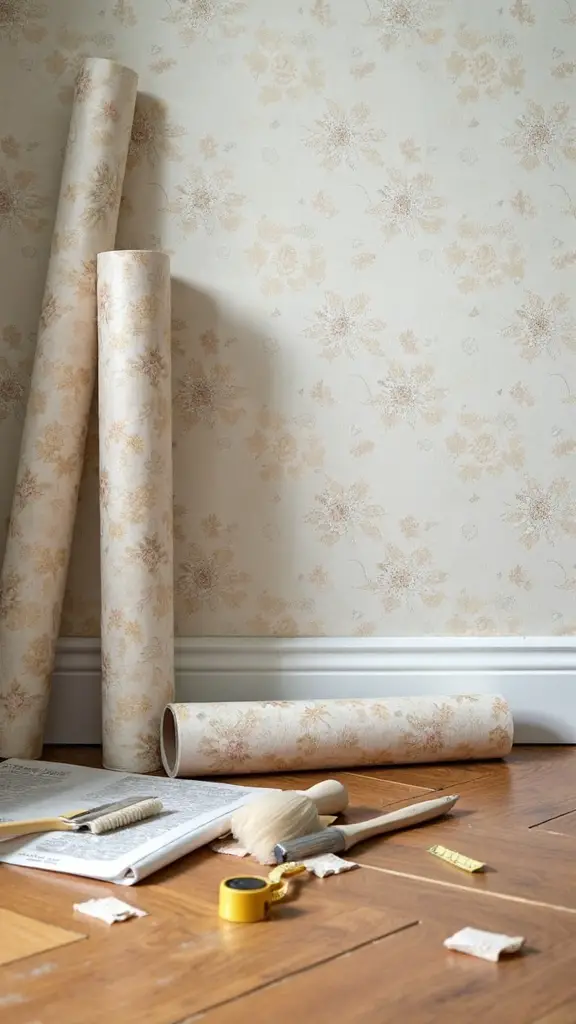
The decision between tackling wallpaper installation yourself or hiring professionals depends on your skill level, available time, and the complexity of your chosen pattern. Simple designs with straight matches work well for beginners, while intricate patterns with large repeats present significant DIY challenges.
You’ll need proper tools like smoothing brushes, seam rollers, and sharp utility knives for quality results. Professional knowledge becomes crucial when dealing with textured walls, moisture-prone areas, or expensive materials you can’t afford to waste.
Consider your budget carefully—DIY saves labor costs but mistakes can prove costly.
Conclusion
You’re now equipped with the essential knowledge to select bedroom wallpaper that enhances your sleep quality and personal style. Remember to prioritize calming colors, measure accurately, assess your lighting conditions, and choose durable materials that fit your maintenance preferences. Don’t rush the decision—take time to coordinate with existing décor and consider professional installation for complex patterns. Your thoughtfully chosen wallpaper will alter your bedroom into a restful sanctuary.
